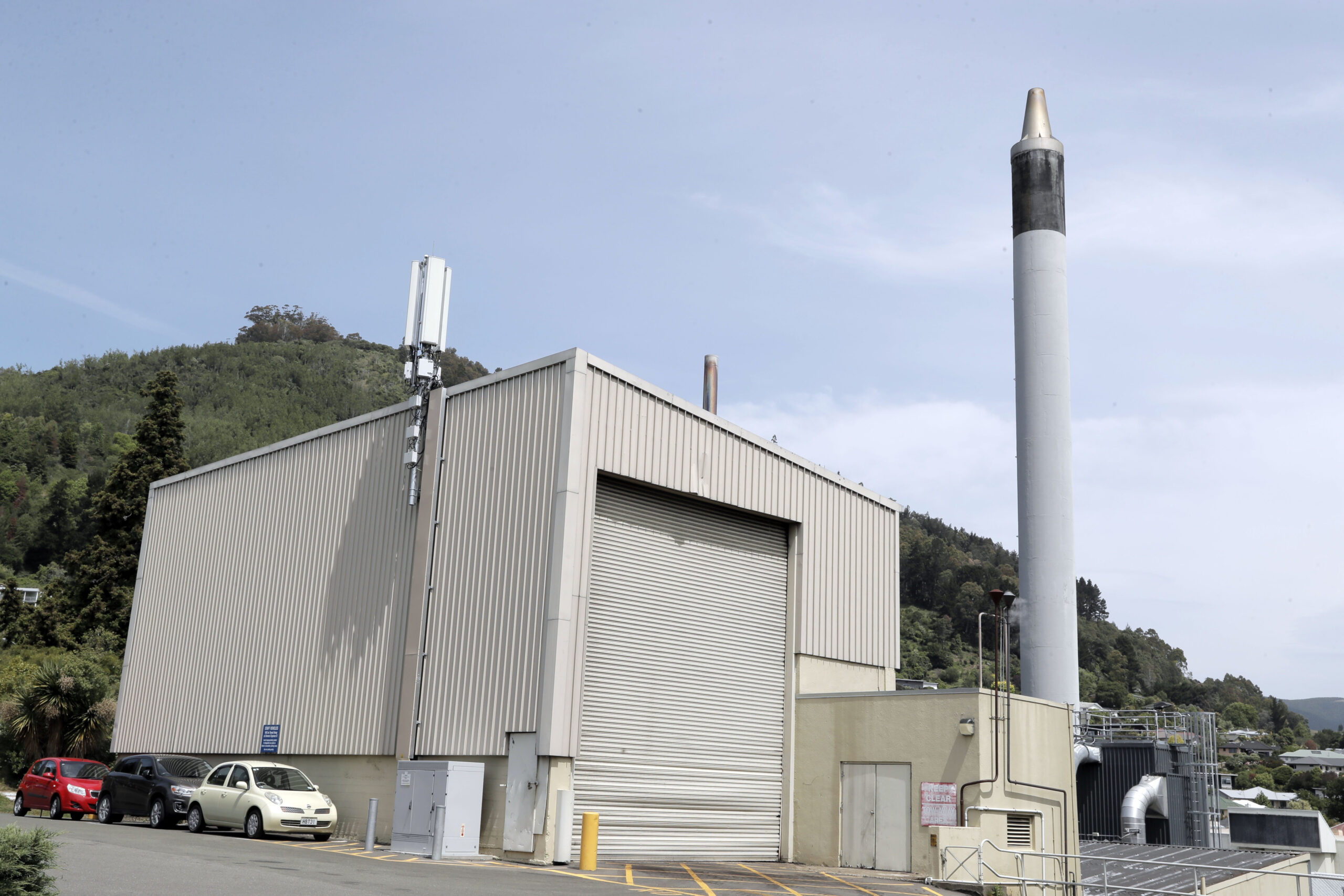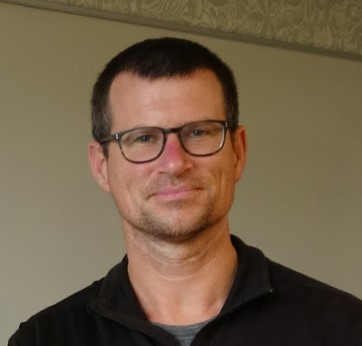A promise to rid the country’s hospitals of coal-fired burners by 2025 is “hugely” positive, but a “radical re-design” of the health system bringing nurses to the fore is needed to mitigate climate change, says youth health nurse practitioner Mikey Brenndorfer.
“Rather than just trying to reduce the carbon emissions of business-as-usual, we actually need to redesign it — and a big chunk of that has to be funding and respecting primary health care nurses.”
‘All of the models around climate change in New Zealand show that we’ll be expecting more extreme weather events and floods. So the experience is something we’ll need to prepare for.’
Te Whatu Ora is planning to get rid of coal-fired boilers, accurately measure hospital carbon emissions and set up a standalone sustainability unit to meet the Government’s 2025 carbon-neutral targets, papers released to Kaitiaki Nursing New Zealand show.
A standalone unit was a key recommendation last year by Ora Taiao — a collective of health professionals, which includes NZNO members such as Brenndorfer.
Te Whatu Ora must also set out a plan this year to electrify its vehicle fleet, as per the Government’s 2020 Carbon Neutral Government Programme (CNGP) requirements.

‘Feasible but challenging’
Meeting the CNGP’s target of a carbon-neutral public sector by 2025 is “feasible but challenging”, Te Whatu Ora’s project lead on climate change Vicktoria Blake advised in a paper to its board late last year.
With a heavy reliance on coal and gas for heating in older hospitals, Te Whatu Ora is the public sector’s biggest emitter, she said.
‘I know Te Aka Whai Ora has a lot on its plate at present, but the onus is on Te Whatu Ora to bring them in properly.’
However, the move to a single health body gave opportunities for “significant progress” on carbon reduction, her paper said. Previously, 10 of the country’s 21 district health boards had measured and reported emissions, “however there was no nationally consistent approach.”
“Sustainability, in its broader sense, presents opportunities to take innovative approaches to energy, health service delivery and to collaborate with other organisations on new technology and pilot new ways of working.”
Reducing demand on health services through population health and prevention would also improve sustainability, Blake said.

Changing weather
Brenndorfer said it was easy to lose track of climate change efforts during a crisis like Cyclone Gabrielle, “but it has to be something that stays on the back of our mind.”
“All of the models around climate change in New Zealand show that we’ll be expecting more extreme weather events and floods. So the experience is something we’ll need to prepare for.”

Brenndorfer said dealing with such “glaringly obvious issues” as coal-fired boilers and measuring emissions were good moves, but wouldn’t be enough to hit the CNGP 1.5 degC target.
Keeping patients out of hospitals, by investing in primary and public health care, would “prevent that high level of carbon emissions associated with more intensive health interventions”, he said.
“But to do that we need to actually value PHC nurses,” said Brenndorfer, who is speaking at the upcoming primary health nurses’ symposium.
‘. . . a big chunk of that has to be funding and respecting primary health-care nurses’.
“This is reducing carbon emissions in a business-as-usual [model], but what climate change really demands of us, is to be radical in the way we re-imagine and re-design every aspect of society. And I don’t feel that this actually goes nearly far enough to actually achieve that 1.5 degC of temperature rise.”
More sustainable procurement for hospital devices did not appear to be addressed in the plan, yet was a key contributor to emissions, Brenndorfer said.
Te Whatu Ora interim director corporate Craig Owen told Kaitiaki it endorsed the CNGP and was developing a work programme to “reflect this urgency”, in its interim health plan, Te Pae Tata.
Te Tiriti partnership?
Te Tiriti o Waitangi obligations had not yet been incorporated into the CNGP implementation plan, Owen said. However the Māori Health Authority, Te Aka Whai Ora, was “committed to working collaboratively with Te Whatu Ora to ensure iwi, Māori and whānau voices contribute to the co-design of TWO’s climate change, service resilience and environmental sustainability approach”, he said.
With a heavy reliance on coal and gas for heating in older hospitals, Te Whatu Ora is the public sector’s biggest emitter.

A joint sustainability committee across both agencies was also planned to “oversee advice and recommendations relating to sustainability activities”.
“Te Aka Whai Ora will collaborate with Te Whatu Ora to ensure . . . te Tiriti and te ao Māori perspectives are incorporated and embedded into Te Whatu Ora’s sustainability practices and policies.”
Ora Taiao co-convenor, GP Dermot Coffey, said there was “no excuse” for not yet incorporating te ao Māori into the plan.
“I know Te Aka Whai Ora has a lot on its plate at present, but the onus is on Te Whatu Ora to bring them in properly.”
Stricter rules on air travel for health executives and medical officers were also needed, “with zero business-class flights effective immediately”, Coffey said.
Te Whatu Ora’s CNGP implementation policy requires it to:
- Measure and report on emissions from 2023/2024.
- Set and approve science-based emission targets in line with the 1.5 degC pathway by August 31, 2024.
- Introduce a plan to meet this target, also reviewed annually.
- Phase out all coal-fired boilers with a focus on removing the largest and most active by the end of 2025.
- Reduce vehicle numbers and choose electric or hybrid options.
- Invest in low-emissions heating and cooling; and energy efficient lighting.
- Require energy efficiency rating NABERSNZ for large office spaces.
- Prioritise low-carbon designs, materials, products and processes in building projects.
- Offset remaining emissions from 2025 to achieve carbon neutrality.




